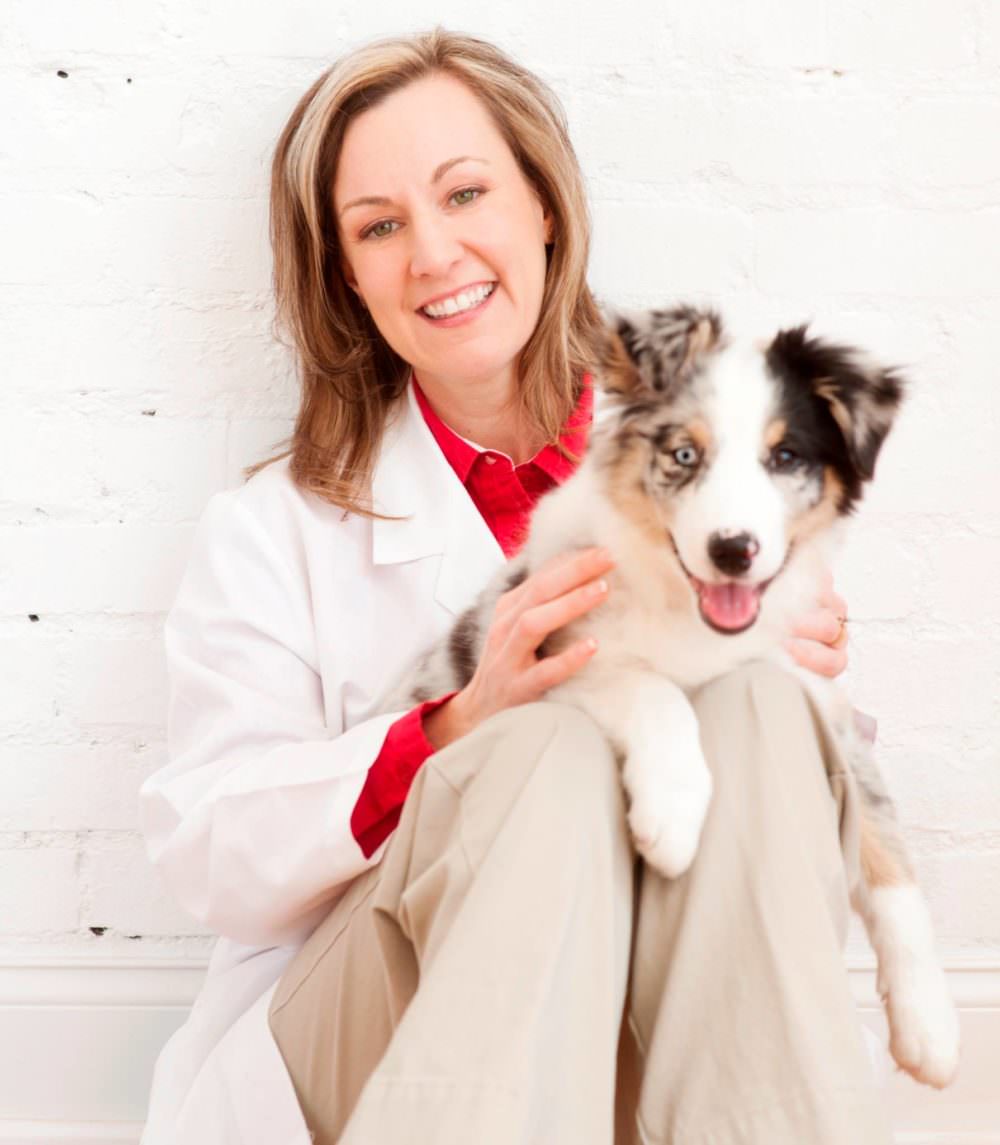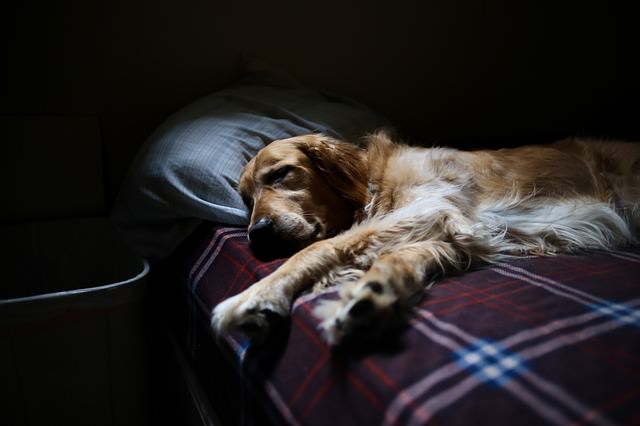News of canine influenza has been spreading – much like the the virus itself. It’s causing quite the stir among dog owners, but is the illness really as big as all the hype? Are we panicking over nothing? Should we panic MORE?
Dr. Kathryn Primm is a trusted veterinarian and owner of Applebrook Animal Hospital in Ootelwah, Tennesee. She has contributed hundreds of articles to iHeartDogs and iHeartCats answering common (and not so common) questions about our pets and has earned a dedicated following on Facebook. She was able to answer our questions concerning canine influenza.

iHD: Is canine flu preventable?
Dr. Primm: Canine influenza is incredibly contagious, and has been spreading in many areas. Before you panic, know that it’s rarely deadly. However, no one likes seeing their pups sick, and no one likes spending extra money in veterinary bills! Although different strains will continue to emerge (just like with human sickness), but there are some things you can do in order to prevent exposure to your dog.
iHD: When should dogs be vaccinated for canine influenza?
Dr. Primm: Any dog or puppy at risk for exposure to infected dogs should be vaccinated as soon as possible. The vaccine must be repeated (boostered) in 3-4 weeks. Because the current circulating strain is called H3N2, be sure that your veterinarian has the correct strain vaccine. The virus is highly contagious and dogs can spread it even before they are visibly ill.
iHD: Should we keep our dogs at home?
Dr. Primm: Dogs infected with canine influenza can remain contagious for weeks, both before they seem ill and after they seem to have recovered. The fact that seemingly healthy dogs can be infectious prior to clinical illness and remain infectious for weeks after recovery means that if your dog ever goes places with other dogs (even to the vet), he could be at risk from dogs that look completely normal. It is inconvenient to isolate infected dogs from other healthy dogs also, but it is a necessary component of stopping the spread of canine influenza.

iHD: What puts a dog at risk?
Dr. Primm: A dog that is exposed to other dogs, like at dog parks, boarding environments, or grooming is at risk. The influenza virus is easily spread from dog to dog. Some believe that dog shows served as a source this time around because grooming equipment can be shared between dogs and judges handle dogs consecutively and unknowingly spread the virus. Your own dog could be exposed on a walk if a stranger pets her after petting another dog. Since we cannot see the virus, we just never know where it may be.
iHD: What happens if a dog gets the flu?
Dr. Primm: Dogs that are sick with canine influenza have fever, coughing, sneezing, and other respiratory signs. Most of the infected dogs had decreased appetite and some have even progressed to secondary pneumonias. A few dogs have died, but this is more common in dogs that have other ongoing issues, like Kennel Cough or preexisting disease. By and large, however, normal healthy dogs are able to survive the flu, but are noticeably ill for days to weeks.
You can find and follow Dr. Primm on Facebook by clicking here.
